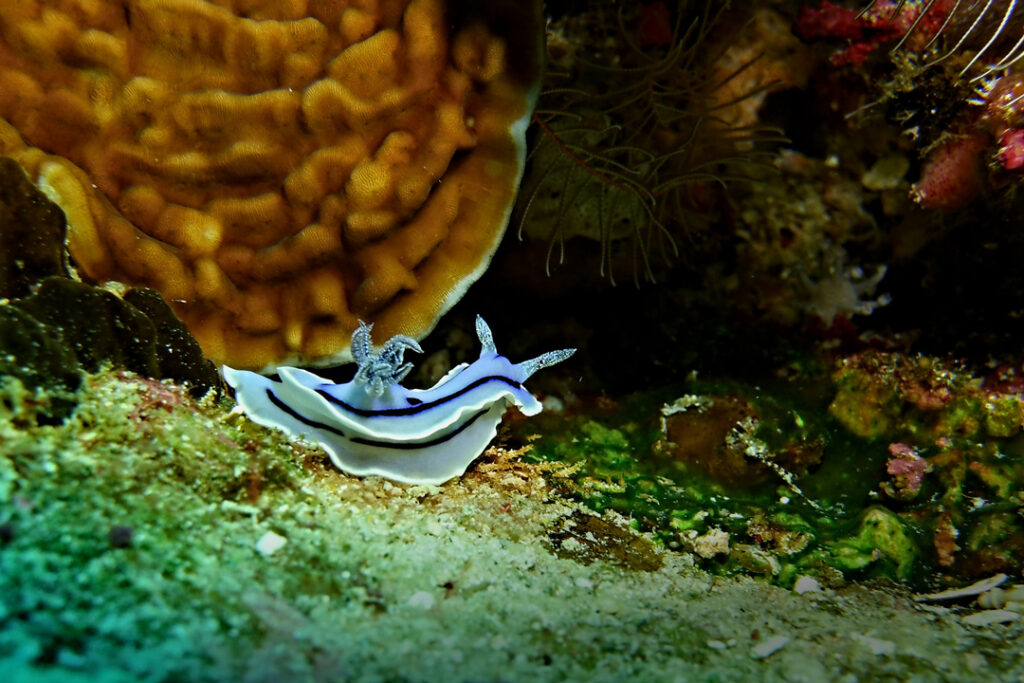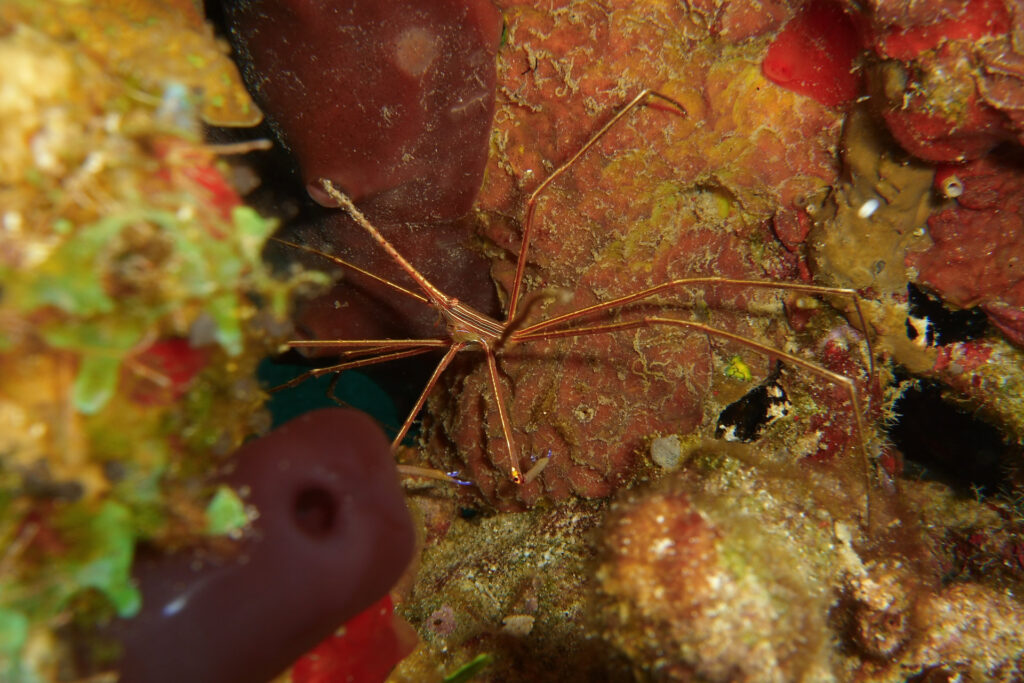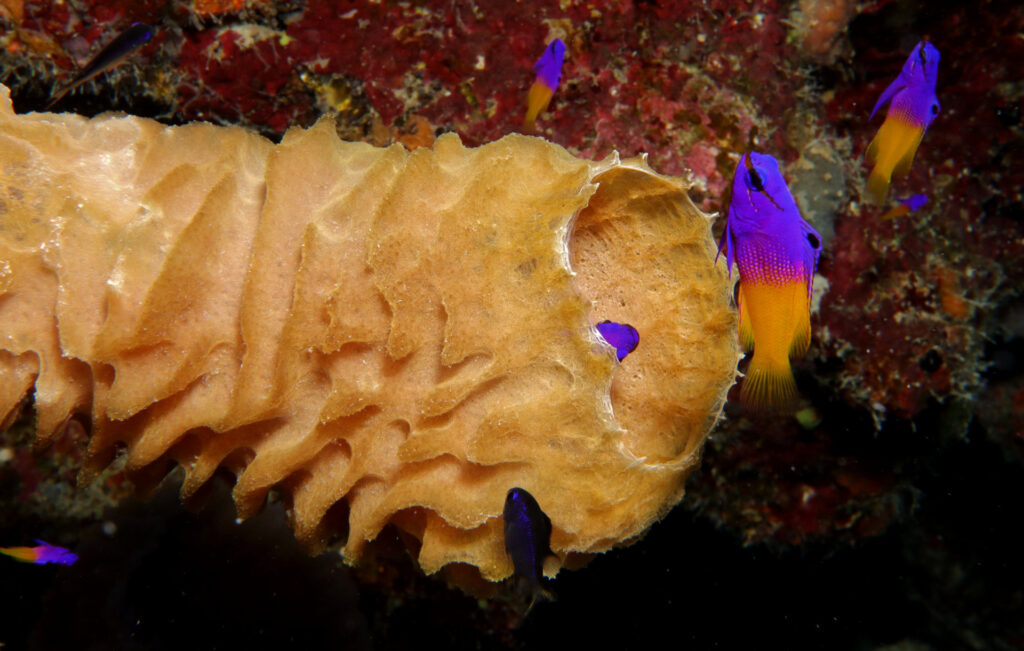Late spring and summer is mating season for dragonflies and their tiny cousins, damselflies.
While it would be easy to assume a damselfly is simply a small dragonfly, size isn’t the only thing that sets them apart. When a dragonfly lands, its wings are spread out from its body, and it’s possible to see that the two pairs are not the same size. A damselfly, on the other hand, folds its equally-sized wing pairs back along the length of its body and close together.
When they’re flying, size is the quick giveaway. Damselflies are so small (about a fourth to a third as large as dragonflies) and thin, it’s sometimes difficult to see them against the backdrop of the ponds and shorelines where they are often found. And, their translucent wings move so fast in flight that they are nearly invisible. It takes a keen eye to spot a tiny bright body zipping along above the water.
These two have apparently finished the mating process and are skimming just inches above the water looking for the perfect place in the pond to place her fertilized eggs. I missed the fertilization process itself. It involves the female curling her tail up to meet the male’s body on its abdomen in what is commonly called the mating wheel, though romantics often point out it looks like a heart shape.
With that process over, this male continues his grasp on the female to make sure another male doesn’t swoop in and take over before the eggs are safely placed among the water plants near the surface.
Once they find a suitable place to lay the eggs, she settles onto the water’s surface and prepares a place on the water plants for her eggs. During egg-laying, damselflies are able to submerge themselves if needed, as seen in a photo below. Some even dive completely under water.
Because of their tiny size, getting sharply focused images of damselflies is a challenge. If you hope to come close to filling the frame you’ll be using a long lens and/or a macro lens, which will limit the depth of field and make focusing a challenge. Their size also makes for a tiny target for autofocus sensors. There may be a photographer out there who is fast enough and has good enough eyes for manual focus, but it’s not me.
Fortunately, among many images were these.
Camera: Canon EOS 80D
Lens: Canon EF 70-300 IS USM
Light: Ambient sunlight plus on board flash




